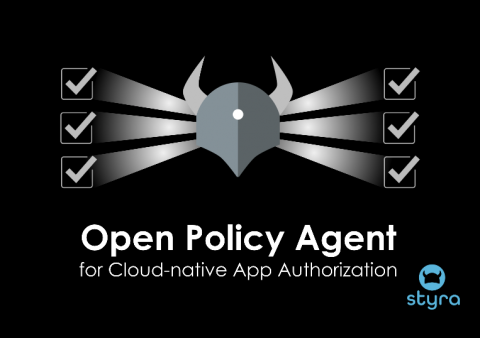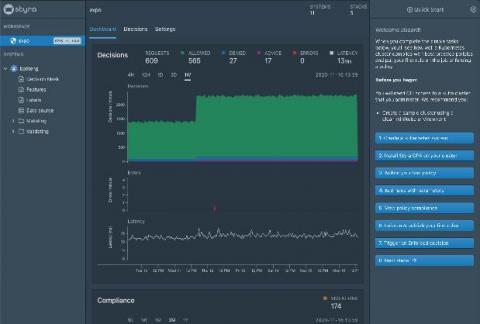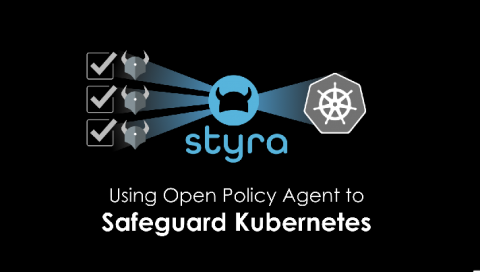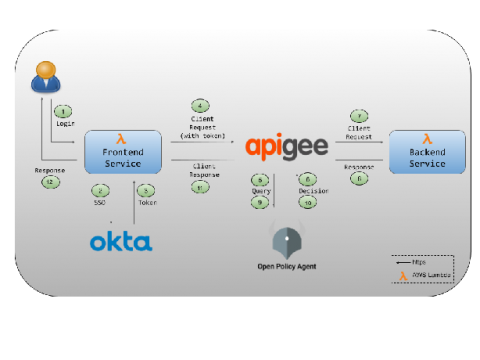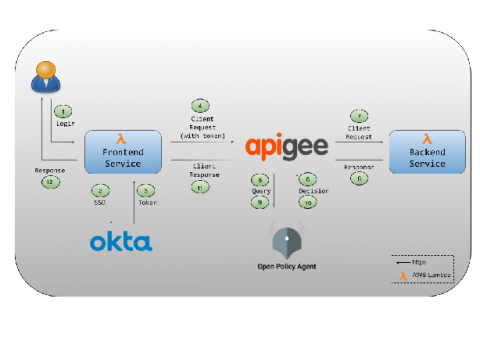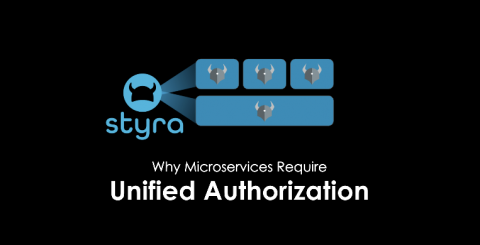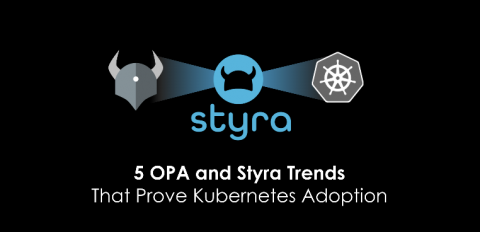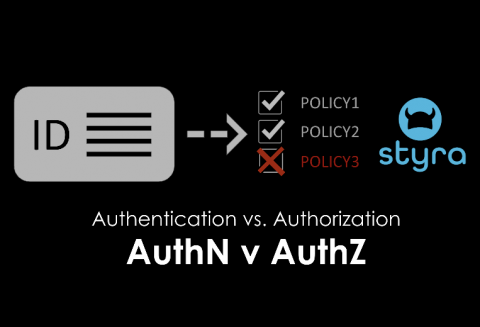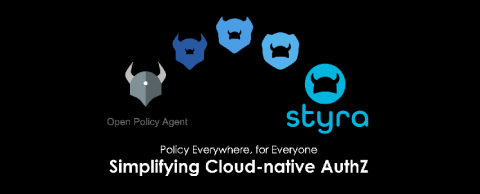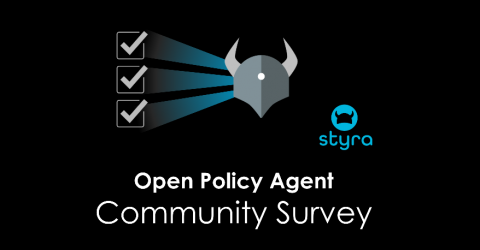Using Open Policy Agent for cloud-native app authorization
How companies like Netflix, Pinterest, Yelp, Chef, and Atlassian use OPA for ‘who-and what-can-do-what’ application policy. In the cloud-native space, microservice architectures and containers are reshaping the way that enterprises build and deploy applications. They function, in a word, differently than traditional monolithic applications.


